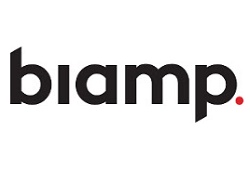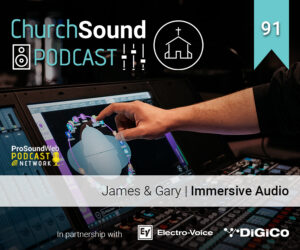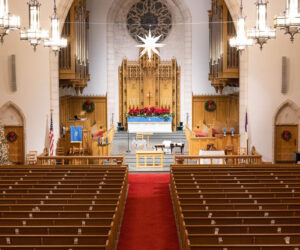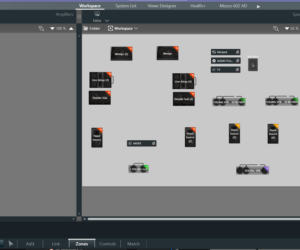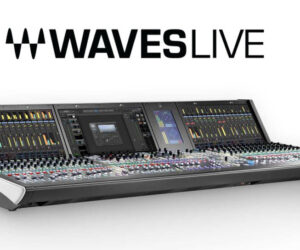Biamp Systems introduced its newest networked media system Tesira at InfoComm 2011.
Tesira is a highly scalable media system for digital audio networking using Audio Video Bridging (AVB) as the primary digital media transport.
Tesira changes the scale of possibilities for the way communications systems are designed, installed and experienced, affording integrators, distributors and consultants a new world of configuration options based on IT infrastructure
Unlike most DSP-based media systems, Tesira is an enterprise-wide solution made up of intelligent network modules that share and boost performance. It is equipped with modular scalable inputs and outputs, DSPs and networked end-points, providing system design capabilities for unlimited scenarios, including Centralized, Distributed and Hybrid type applications.
Integrators have the option of customizing Tesira with up to 8 DSP-2s , for a total of 16 DSPs, in a single chassis, with up to 420 by 420 audio channels over a scalable digital media backbone (AVB).
“Tesira represents the next generation design from Biamp and embodies our company’s legacy of innovation and commitment to the highest quality products possible,” said Steve Metzger, President, Biamp Systems. “Tesira is unlike anything seen by the industry.”
“We believe it represents a huge leap forward in the progression of our networked media systems concept, and we’re excited for our customers to put their hands on it for the first time. This product challenges conventional thinking about design and scalability, and to say that I’m excited about it would be an understatement.”
Tesira software provides easy configurability and greater expansion potential with partitions and Biamp’s unique compilation engine. Partitions greatly improve programming efficiency by allowing for system configuration in a phased or “partitioned” approach, minimizing the time spent redrawing and compiling.
Ideal for systems that require a higher level of scalability, partitions afford the ability to configure, update or maintain distinct sections of a system without affecting those that are currently in use, and without having to reconfigure the entire system.
The Biamp compilation engine automatically creates the digital audio transport connections and automated hardware specifications needed to complete a system design. This added level of design sophistication reduces the potential for costly errors, saving time and hardware costs.
The compilation engine performs a number of operations in a matter of seconds — from checking that the design is complete, to determining the most cost-effective list of Biamp hardware required, to finally documenting the necessary system interconnects to ensure proper, stable operation.


